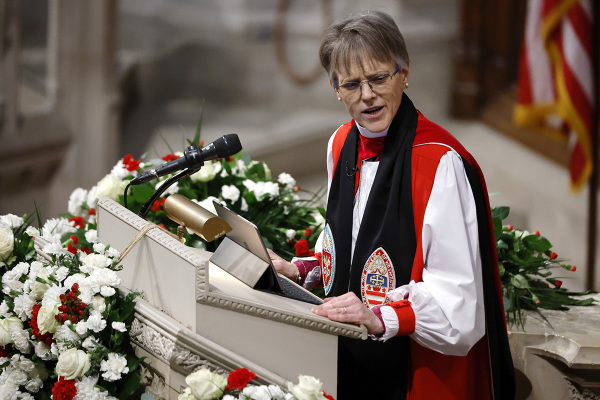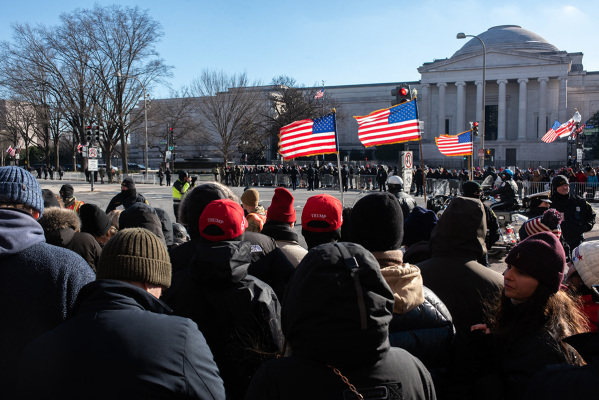Archaeologist Believes Jesus Was Born in a Different Bethlehem
The Bible says the place of Jesus Christ's birth was the town of Bethlehem of Judea, but one archaeologist says the Christian savior was more likely born in a different Bethlehem that is farther from Jerusalem.
Aviram Oshri, an archaeologist with the Israel Antiquities Authority (IAA), told NPR that he has conducted extensive excavations in Bethlehem of the Galilee, and has found artifacts there which suggest that the traditionally held view of where Jesus was born may be incorrect.
"I think the genuine site of the nativity is here rather than in the other Bethlehem near Jerusalem," said Oshri.
In Bethlehem of the Galilee, Oshri says he has discovered stone vessels that were used by Jews during the same time period that Jesus lived. Excavators also discovered evidence of what was once a large, ornate church – Oshri says the church suggests that Christians also once believed the site to be the place of Christ's birth – as well as parts of a wall that may have been built by emperor Justinian to protect the village.
"It makes much more sense that Mary rode on a donkey, while she was at the end of the pregnancy, from Nazareth to Bethlehem of Galilee which is only seven kilometers rather than the other Bethlehem which is 150 kilometers," he said, according to NPR.
When asked how he thinks Christians today would respond to being told that the traditional birth site is incorrect, Oshri said his findings will not ultimately have any influence and the traditional site will remain important to believers.
Oshri previously presented his theory about Jesus's alternative birth site in an archaeology magazine article from 2005, in which he said the traditional birth site has "a complete absence of information from the Herodian period" when Jesus lived.
But an article written by Jerome Murphy-O'Conner for Biblical Archaeology Review in 2011 says that claim isn't true. The cave beneath the Church of the Nativity in Bethlehem of Judea, Murphy-O'Conner states, was properly identified by apologist Justin Martyr in the second century A.D. as the place of Jesus' birth. Martyr probably learned about the cave from local traditions that had been passed down from the time of Jesus' birth.
"It is difficult to imagine that the Bethlehemites invented the cave tradition, particularly because, as there is reason to suspect, the cave was not always accessible to Christians in the days of Justin and Origen," wrote Murphy-O'Conner. Jerome, another church father, wrote that the cave had once been turned into a pagan shrine, and although Christians were not likely permitted there for a time, they still maintained that Jesus had been born there.
Clyde E. Billington, a professor of ancient history and managing editor of Artifax magazine, told The Christian Post via email that the current absence of evidence in Bethlehem of Judea doesn't necessarily mean Jesus was born elsewhere.
"Archaeologists almost never excavate more than 10 percent of an archaeological site. In other words, for any archaeologist to draw conclusions based upon a supposed absence of archaeological evidence is archaeological malpractice,'' wrote Billington.
The Northwestern College professor also emphasized the importance of biblical passages which lend support to the traditional site of Jesus' birth.
"The New Testament was written by people who knew Jesus and Mary, and was written nearly 2,000 years before Oshri's theory," Billington said. "Contrary to what Oshri has suggested, there is not one single ancient Christian source which places the birth of Christ anywhere other than in Bethlehem in Judah, which is also where Micah 5:2 predicted the Jewish Messiah would be born."
The Church of the Nativity was named to the United Nations Educational, Scientific and Cultural Organization's (UNESCO) list of World Heritage sites earlier this year, and drew approximately two million tourists in 2011 alone.
In May, the IAA announced the discovery of an ancient bulla – a piece of clay used to seal a document or object – which is the earliest evidence of the ancient city of Bethlehem discovered thus far. The inscription on the bulla, which is dated back to the First Temple period (approximately between the eighth and seventh centuries B.C.), is reportedly the first place the word "Bethlehem" has been discovered on an ancient object outside of the Bible.





















